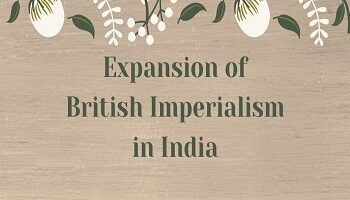Chauth And Sardeshmukhi:
The region of Shivaji can be divided into two parts. The first was ‘Swarajya‘ land which was under his direct control and second was ‘Mughtai‘, the region from where he was collecting Chauth and Sardeshmukhi.
In fact, Maharashtra region was less productive. So it was unable to give a sound economic basis to the state. That’s why as a supplementary income Shivaji and his successor gave emphasis over the system of Chauth and Sardeshmukhi. They were Zamindari rights.
Chauth was 1/4th of total revenue while Sardeshmukhi was 1/10th of revenue. Shivaji and his successors were demanding Chauth on the ground that they had to fight the Mughal power as well as Deccani states. So they needed some additional resources.
Likewise, Chatrapathi was making a claim for Sardeshmukhi on the basis of being the head of all the Deshmukhas in the Maharashtra region. The amount from Chauth was divided among different entities but the amount of Sardeshmukhi remained with Chatrapathi.
When we observe minutely we find that Shivaji didn’t give birth to this system. Chauth was some sort of Zamindari right and prior to Shivaji it was collected in the region of Gujarat and Rajasthan. Zamindari rights in Gujarat was called Banth. And it was 1/4th of total revenue. Likewise, even prior to Shivaji the ruler of Ramnagar made a claim for Chauth from the Portuguese of Daman but Shivaji gave this system a systematic structure.
What was the exact nature of the Chauth is a matter of dispute among scholars. According to one traditional view, it was compared with the subsidiary alliance system of Lord Wellesley. But when we observe minutely we find that it was different from Subsidiary alliance in that it was not giving protection to the state which was paying Chauth.
In fact, Chauth was only safety against Maratha Bargirs. Chauth and Sardeshmukhi contributed a lot to legalizing the position of Maratha state. It got automatic recognition from those Indian states who were ready to provide Chauth to it.









Comments (No)